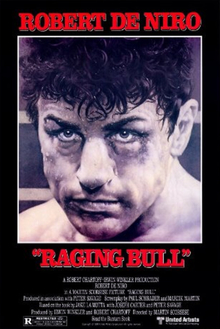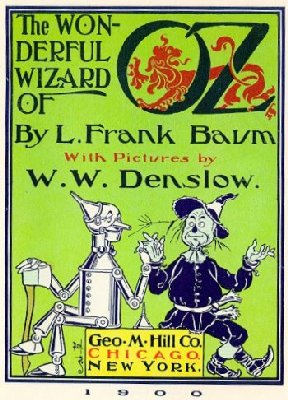Greenberg then fired off a formal cease and desist letter to Shapeways.com, which had offered to sell shark
figures that were based upon Katy Perry's costume design:
So let's scrutinize Katy's copyright claim a bit more...does U.S. intellectual property law really
protect this shark costume?
Potentially, no. The costume itself may very well be a "useful article" under U.S. Copyright law, and not protectable in the abstract, since its ornamental elements are not clearly "separable" from it. Copyright protection is generally not available to
articles which have a utilitarian function.
Under the Copyright Act, the
only copyright protection available to these items is for "features that
can be identified separately from, and are capable of existing independently
of, the utilitarian aspects of the article." Unfortunately for Ms. Perry, this
test is inherently ambiguous when deciding the scope of copyright protection
for certain useful articles, such as shark costumes.
Some distinctions are clear. For instance, a painting on the
side of a truck is protectable under copyright law even though the truck is a
useful article. The painting is clearly separable from the utilitarian
aspects of the truck. The overall shape of the truck, on the other hand, would
not be copyrightable since the shape is an essential part of the truck's
utility.
Another commonly considered example is that of clothing. The print
found on the fabric of a skirt or jacket is copyrightable, since it exists
separately from the utilitarian nature of the clothing.
However, there is no
copyright in the cut of the cloth, or the design of the skirt or jacket as a
whole, since these articles are utilitarian. This is true even of shark costumes; no copyright protection is granted to the costume as a whole.
That is because costumes, in addition to covering the body, serve a “decorative function,” so that the decorative elements of clothing are generally “intrinsic” to the overall function, rather than separable from it. See Whimsicality, Inc. v. Rubie's Costume Co., 891 F.2d 452, 455 (2d Cir. 1989) (observing that garments' decorative elements are “particularly unlikely to meet [the] test” of conceptual separability); but see Chosun Int'l Inc. v. Chrisha Creations, Ltd., 413 F.3d 344 at 329 n. 3 (2nd Cir. 2005) (expressing skepticism that Halloween costumes that permit wearer “to masquerade” have a utilitarian function other than to portray appearance of article).
The idea for an upright “shark costume" is not an original copyrightable element, standing alone. General character types are not protectable by copyright law. See Hogan v. DC Comics, 48 F. Supp.2d 298, 310 (S.D.N.Y. 1999).
Further, as for a potential claim of "trade dress" or the tort of commercial "misappropriation," Ms. Perry would need to show that she is uniquely associated with this particular shark costume in consumers' minds. While that is possible given the immense publicity and viewership that the Super Bowl halftime show receives, there are functionality issues there, as well.
Finally, below are
photographs of a few similar shark costumes that appear to have been created and sold long before Katy
Perry's costumes were created. It is unknown if any of these designers successfully have claimed copyright or trade dress rights in their designs. However, it would appear that the scope of Ms. Perry's intellectual property rights, if any, would probably be quite narrow, if they exist at all:









